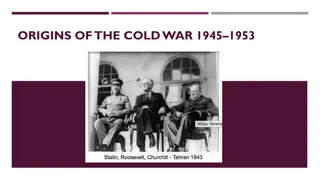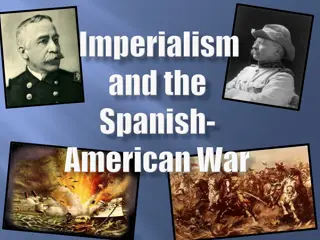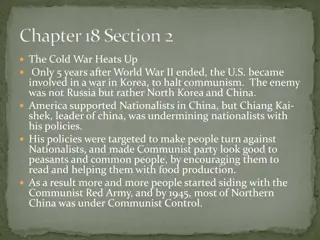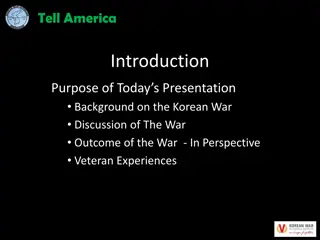
Aztec Warrior Culture and Sacrifices: Insights from Codex Azcatitlan and Codex Mendoza
Explore the essential role of warriors in Aztec life, from symbolic ceremonies at birth to rigorous training in youth, as depicted in the Codex Azcatitlan and Codex Mendoza. Discover how warfare and the sacrifice of war captives played a vital role in Aztec religious festivals and beliefs, maintaining balance in the natural world.
Download Presentation

Please find below an Image/Link to download the presentation.
The content on the website is provided AS IS for your information and personal use only. It may not be sold, licensed, or shared on other websites without obtaining consent from the author. If you encounter any issues during the download, it is possible that the publisher has removed the file from their server.
You are allowed to download the files provided on this website for personal or commercial use, subject to the condition that they are used lawfully. All files are the property of their respective owners.
The content on the website is provided AS IS for your information and personal use only. It may not be sold, licensed, or shared on other websites without obtaining consent from the author.
E N D
Presentation Transcript
Eagle Warrior Scene of Battle, Codex Azcatitlan Jaguar Warrior
Warriors were essential to Aztec life and culture. At birth an Aztec boy would receive two symbols of being a warrior. A shield would be placed in his left hand, and an arrow would be placed in his right. After a short ceremony the boy's umbilical cord, shield, and arrow would be taken to a battlefield to be buried by a renowned warrior. These parts would symbol the rise of a warrior. Codex Mendoza
The sons of commoners were trained in the T lpochcalli "house of youth". At age fifteen boys would train to become a warrior. War captains and veteran warriors had the role of training the boys how to handle their weapons. This generally included showing them how to hold a shield, how to hold a sword, how to shoot arrows from a bow and how to throw darts with an atlatl. Boys in training were only considered real men when they captured their first warrior.
The sacrifice of war captives was an important part of many of the Aztec religious festivals. Warfare was therefore one important way to obtain sacrifice offerings, appease the gods, and keep the natural forces of the Earth in balance. Codex Magliabechiano

![❤[PDF]⚡ Civil War Talks: Further Reminiscences of George S. Bernard and His Fel](/thumb/20551/pdf-civil-war-talks-further-reminiscences-of-george-s-bernard-and-his-fel.jpg)




















